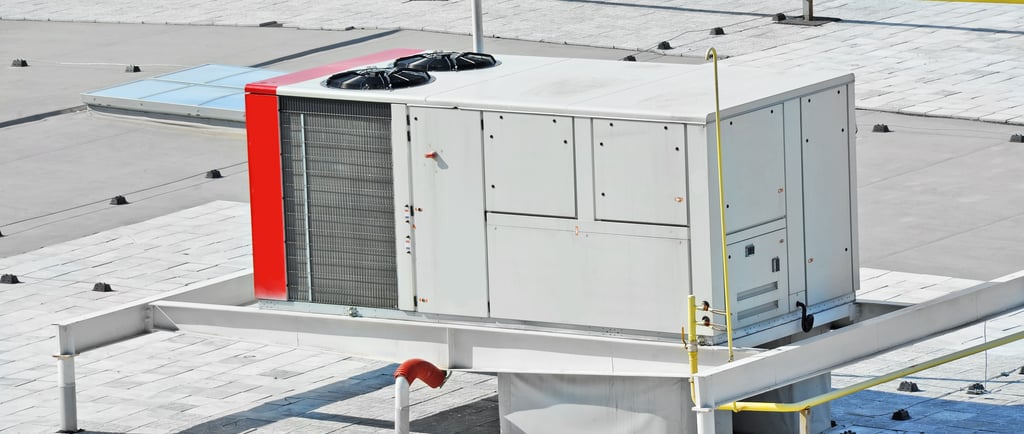Wind Load Engineering for Elevated and Rooftop Generators and Other Mechanical Structures: Meeting FBC and IBC Requirements
Explore the essentials of wind load engineering for rooftop and elevated mechanical structures like generators, and understand how they align with Florida Building Code (FBC) and International Building Code (IBC) requirements. Learn how expert services like WindCalculations.com and FloridaWindCalcs.com can ensure your project is compliant, safe, and built to withstand the forces of naturecription.
Enrique Lairet, PE
7/5/20232 min read


As structures and their components become more sophisticated, so do the requirements for their design and construction. One of these evolving requirements relates to the wind loads that rooftop and elevated mechanical structures like generators must withstand. Understanding these requirements, set out in the Florida Building Code (FBC) and International Building Code (IBC), is essential for a successful project.
Mechanical structures, especially those positioned on rooftops or elevated platforms, are exposed to significant wind forces. Proper wind load engineering is not only necessary for maintaining the integrity and functionality of these structures but also for ensuring the overall safety of the building and its occupants.
In both the FBC and IBC, wind load requirements have specific provisions for mechanical and ancillary structures, addressing factors like structural integrity, anchoring, and material strength. They are based on considerations such as geographic location, surrounding topography, building height, and local wind speed probabilities.
For instance, FBC 2023, Building Section 1620, lays down the necessary wind load provisions for mechanical equipment, noting that the pressure-resisting system must be designed and anchored to resist wind loads using analytical methods or wind tunnel testing. Similarly, IBC 2023 in Section 1609 provides guidelines for the wind load calculations on mechanical structures.
To optimize the design and installation of these structures, considering both the FBC and IBC requirements, it’s beneficial to utilize professional wind load calculation services like those offered by WindCalculations.com and our dedicated branch, FloridaWindCalcs.com. Our services are designed to provide the most accurate, up-to-date, and compliant wind load calculations for your project.
By choosing our services, you are partnering with a team of engineers who are proficient in both FBC and IBC requirements. This ensures that your elevated and rooftop generators, HVAC systems, or other mechanical structures are designed to withstand wind loads appropriate to your project's specific location and conditions.
To learn more about how WindCalculations.com and FloridaWindCalcs.com can assist with your wind load engineering needs, feel free to follow those links.
In summary, understanding and adhering to the wind load provisions in the FBC and IBC is crucial for the safety and longevity of rooftop and elevated mechanical structures. With expert assistance from a dedicated engineering service like ours, you can be confident that your project will meet all necessary wind load requirements.
Check out our blog for more insights into wind load engineering and stay updated on the latest industry standards and practices.
Remember, designing for wind load isn't an option – it's a necessity. Let's build safer, stronger, and smarter together.
WindCalculations.com
+1 (813) 694-8989
info@oasisengineering.com
© 2023 Oasis Engineering LLC. All rights reserved. Doing business as WindCalculations.com
